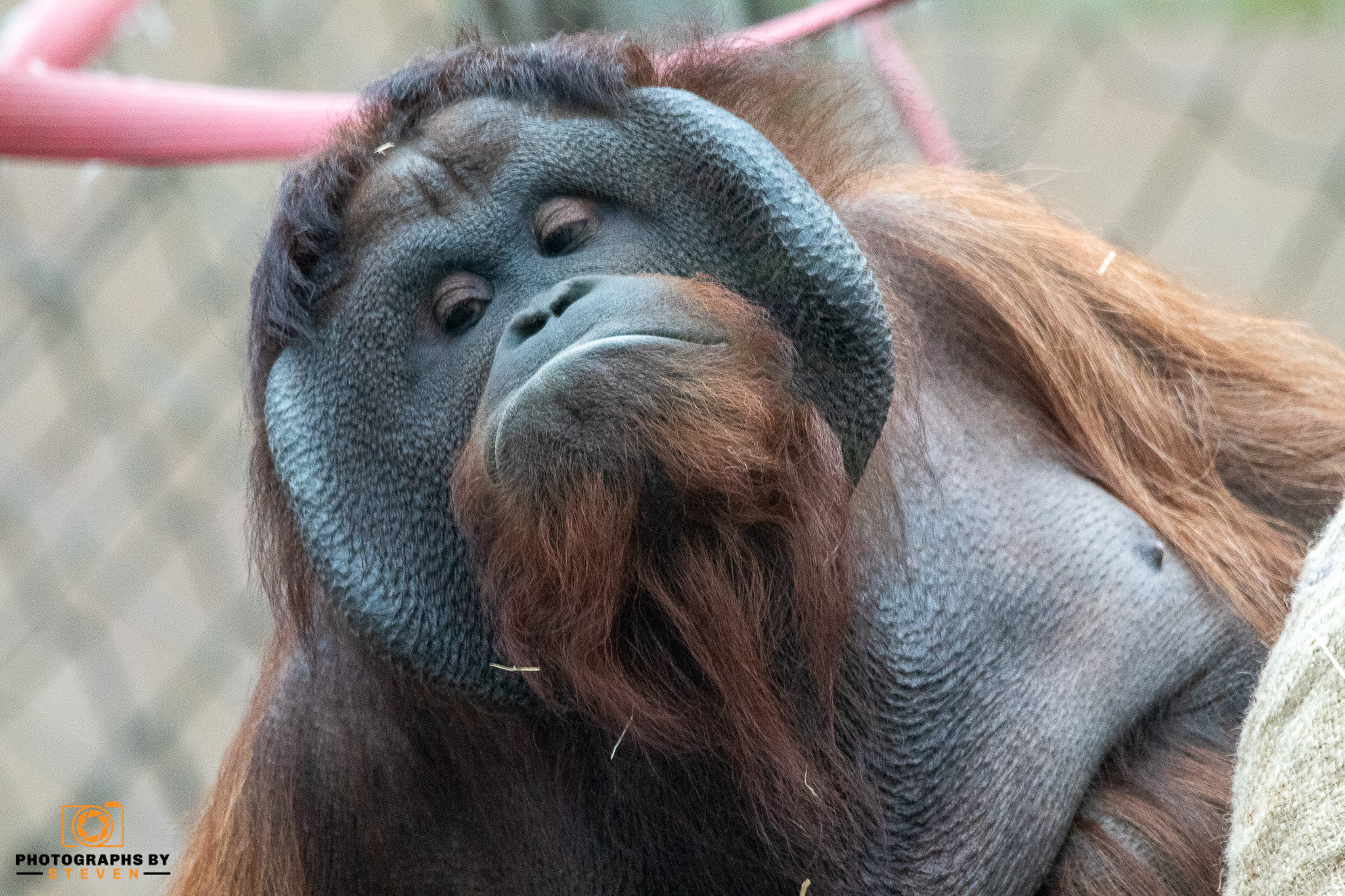In the diverse world of wildlife, certain creatures capture our fascination more than others. Among these are the ring-tailed lemurs of Madagascar. These primates, with their expressive faces, long, striped tails, and unusual behaviours, have intrigued scientists and animal lovers alike. This article will delve into ten fascinating facts about these remarkable creatures, unveiling the secrets of these primate stars of Madagascar.
Discovering the Ring-Tailed Lemurs
The Lemur's Unmistakable Appearance
The ring-tailed lemur, or 'Lemur catta', is easily recognisable among primates. Its most distinguishing feature is its long, bushy tail adorned with alternating black and white rings, which is longer than its body. The lemur's body is covered in a soft, grey-brown fur, with a white belly. Their faces are adorned with bright, orange-brown eyes and a small, pointed snout.
Lemur's Habitat: The Island of Madagascar
Madagascar, an island country off the southeastern coast of Africa, is the only place in the world where you can find ring-tailed lemurs in the wild. They inhabit various environments on the island, from deciduous forests to rocky, arid regions.
Fascinating Facts About Ring-Tailed Lemurs
Fact 1: Unique Social Structure
Ring-tailed lemurs live in groups known as troops, typically consisting of 15-20 individuals. Intriguingly, these troops are female-dominant – a trait not common in most primate species. The females lead the group, decide on the direction of travel and have the first choice of food and mates.
Fact 2: Sun Worshippers
One of the unique behaviours of ring-tailed lemurs is their sunbathing ritual. They sit in what looks like a yoga position, with their bellies towards the sun, soaking up the warmth. This behaviour not only helps them thermoregulate but also is believed to strengthen social bonds within the troop.
Fact 3: Scent Marking Behaviors
Ring-tailed lemurs have a complex system of scent marking. Males have scent glands on their wrists and shoulders which they use to mark their territory. They also perform a behaviour called 'stink fighting' where they rub their tails with these scent glands and wave them at rivals.
Fact 4: Longevity and Life Cycle
Ring-tailed lemurs have an average lifespan of around 16 to 19 years in the wild, but in captivity, they can live over 20 years. Babies are usually born in September and October after a gestation period of approximately 134 days. Newborn lemurs cling to their mother's belly for the first two weeks and then start riding on her back.
Fact 5: Diet and Foraging Habits
Ring-tailed lemurs are omnivorous, their diet consists of fruits, leaves, flowers, and occasionally insects and small vertebrates. They forage for food during the day, making them diurnal, which is different from some lemur species that are nocturnal.
Fact 6: Vocal Communication
Lemurs have a complex system of vocal communication. They have different calls for different situations, such as an alarm call for predators, a contact call for keeping the troop together, and even a 'purr' like sound when they are content.
Fact 7: Lemur's Tail: A Communication Tool
The long, ringed tail of the lemur is not just for show – it also serves as a communication tool. Lemurs wave their tails to assert dominance and to signal their location to the rest of the troop. When traveling, the troop leader will raise its tail as a flag for others to follow.
Fact 8: Threats and Conservation
Despite their resilience, ring-tailed lemurs face several threats, including habitat loss due to deforestation, hunting, and the illegal pet trade. They are listed as endangered by the International Union for Conservation of Nature (IUCN). Efforts are being made to protect their habitats and educate the public about the importance of conservation.
Fact 9: The Lemur's Role in Local Culture
In Malagasy culture, lemurs are often associated with spirits or ancestors due to their nocturnal calls and reflective eyes. Some local communities have taboos against harming them, which have historically provided some level of protection.
Fact 10: Lemur's in Scientific Research
Ring-tailed lemurs are important subjects for scientific research, particularly in the fields of primatology and behavioural ecology. They provide insights into primate evolution, social structure, and adaptation strategies, contributing significantly to our understanding of the natural world.
Conclusion
Ring-tailed lemurs, with their distinctive appearance and fascinating behaviours, are truly unique creatures. They serve as an emblem of Madagascar's rich biodiversity and remind us of the urgent need for conservation efforts. As we continue to learn more about these extraordinary primates, it becomes clear that there is still much to discover about the secrets they hold.
Frequently Asked Questions
1. Q: What is the average lifespan of a ring-tailed lemur?
A: In the wild, ring-tailed lemurs typically live for 16 to 19 years, but in captivity, they can live over 20 years.
2. Q: What does a ring-tailed lemur eat?
A: Ring-tailed lemurs are omnivores. Their diet primarily consists of fruits, leaves, lowers, and occasionally, insects and small vertebrates.
3. Q: Why do lemurs sunbathe?
A: Lemurs sunbathe to absorb warmth from the sun for thermoregulation. This behaviour is also believed to help strengthen social bonds within the troop.
4. Q: Where can ring-tailed lemurs be found in the wild?
A: Ring-tailed lemurs can only be found in the wild in Madagascar, an island country off the southeastern coast of Africa.
5. Q: Why are ring-tailed lemurs important to science?
A: Ring-tailed lemurs are important to science as they provide insights into primate evolution, social structure, and adaptation strategies. Their study contributes significantly to our understanding of the natural world.



Leave me a comment
Thank you for reading my post, if you want to leave a comment, you can do so below.